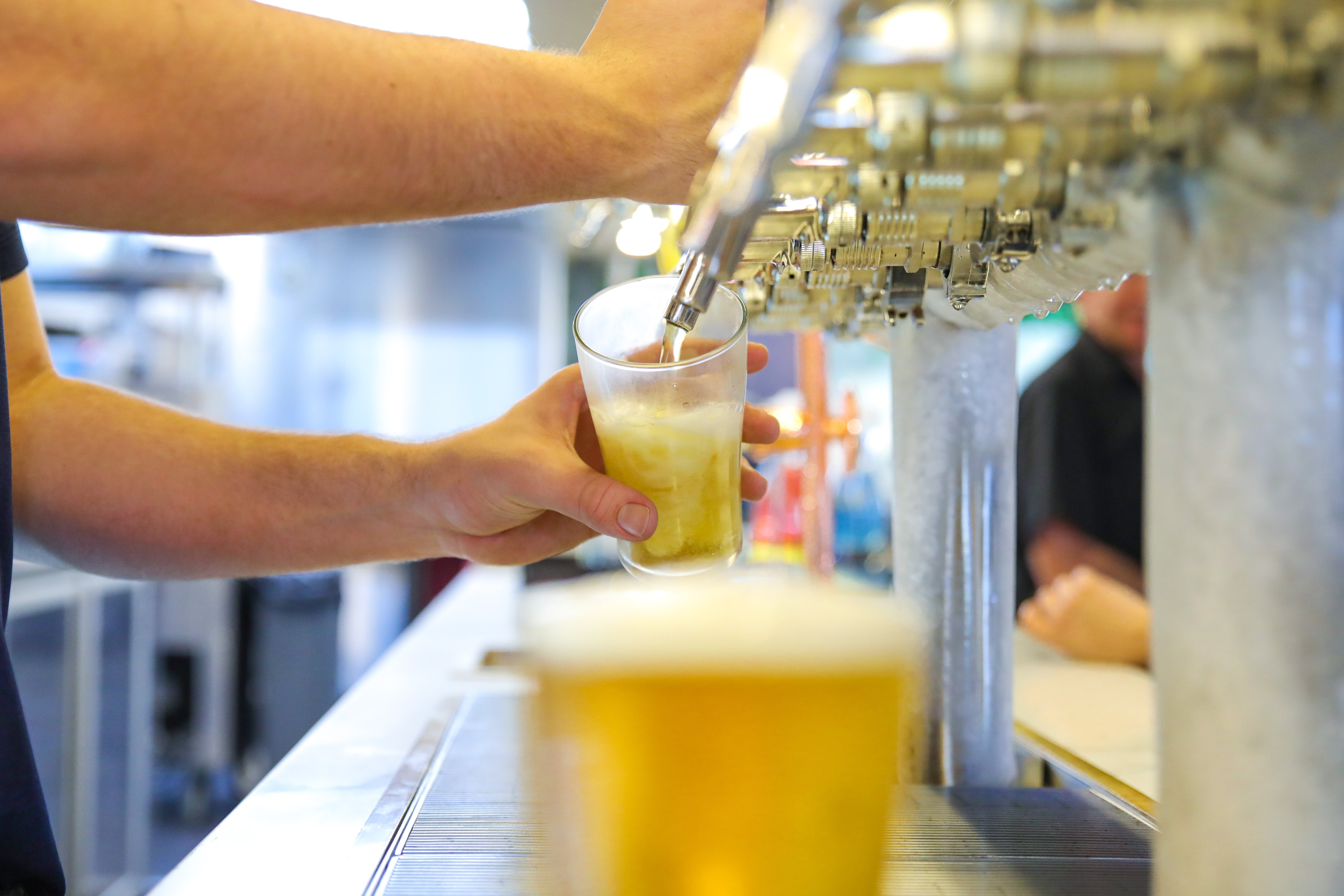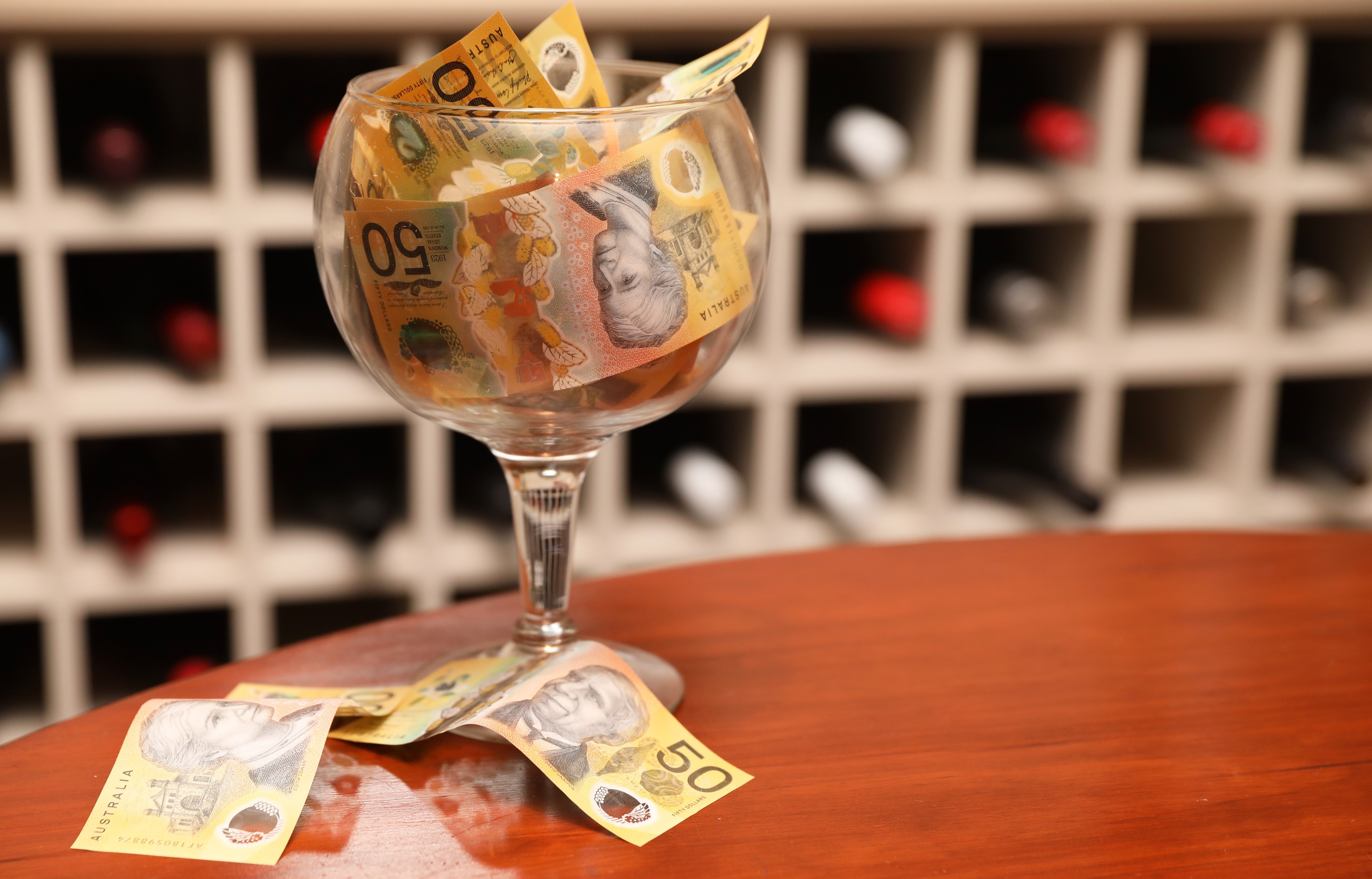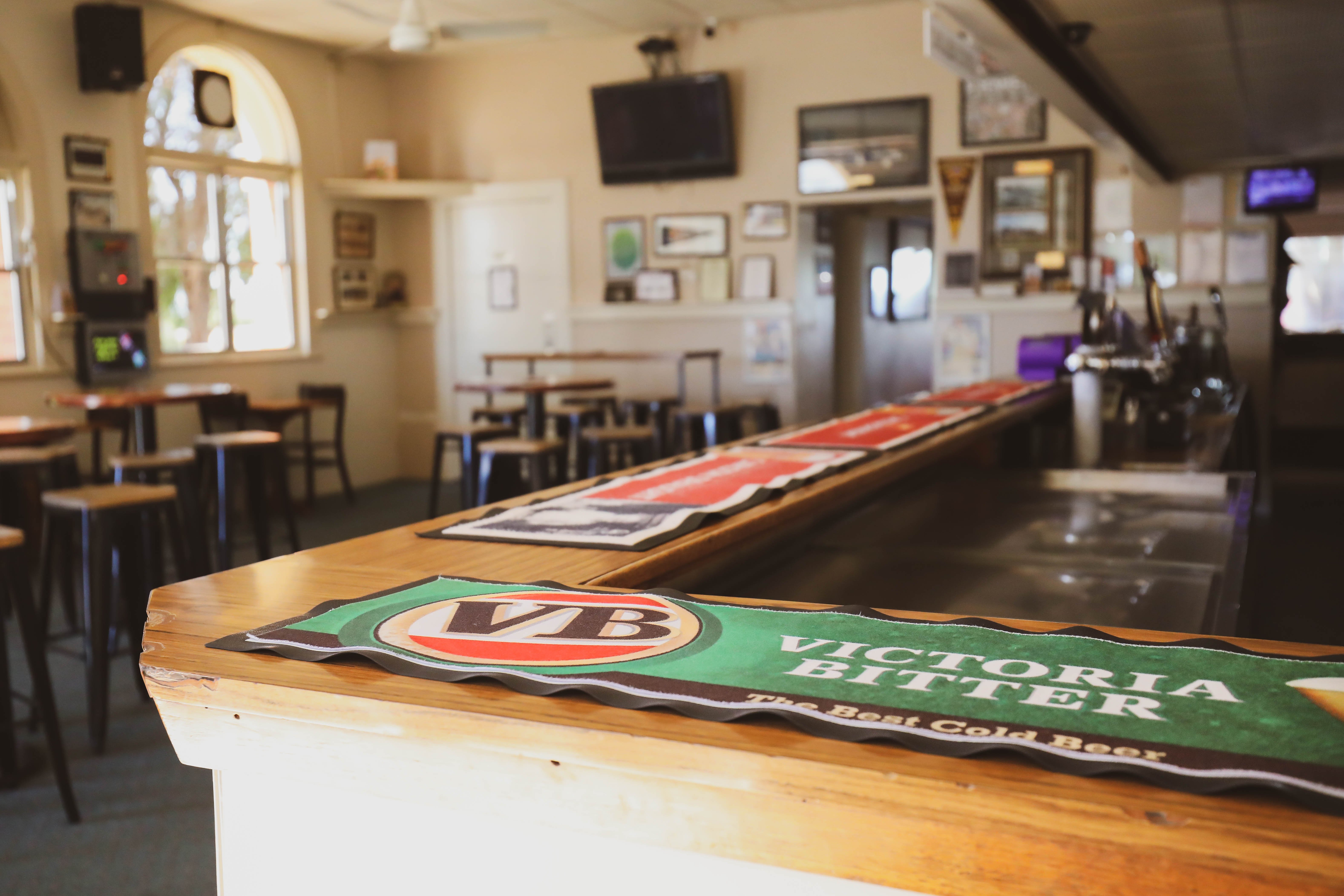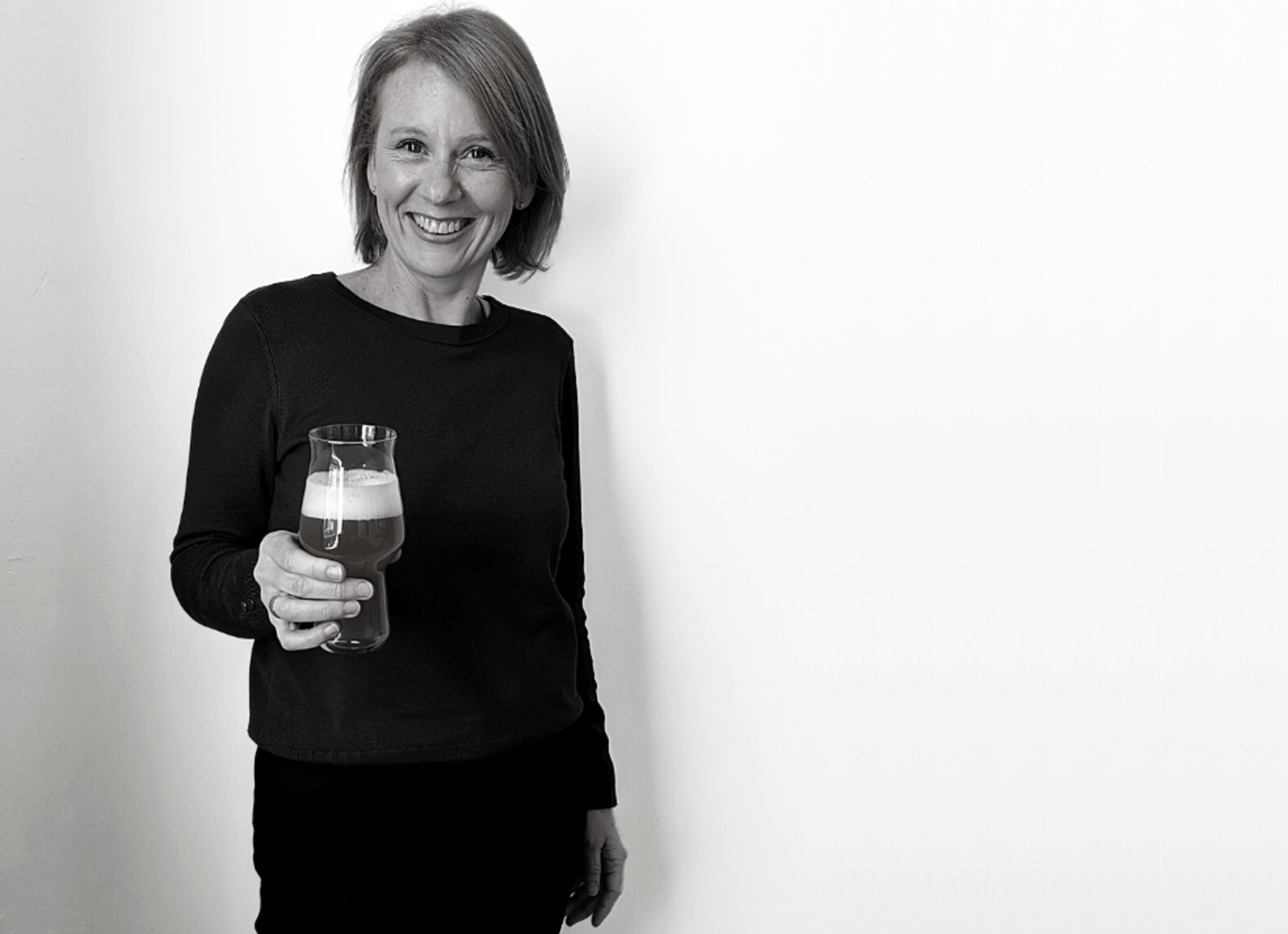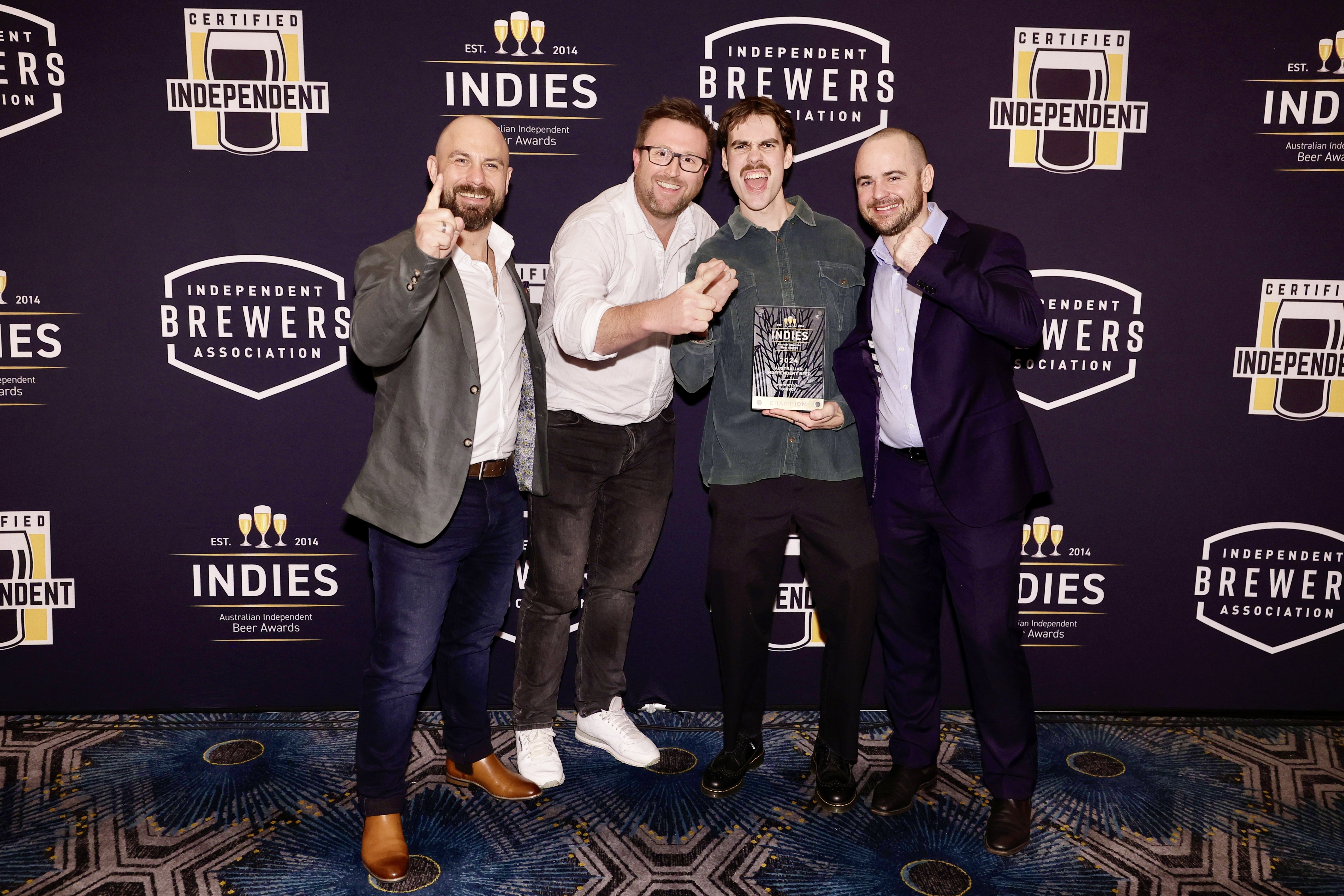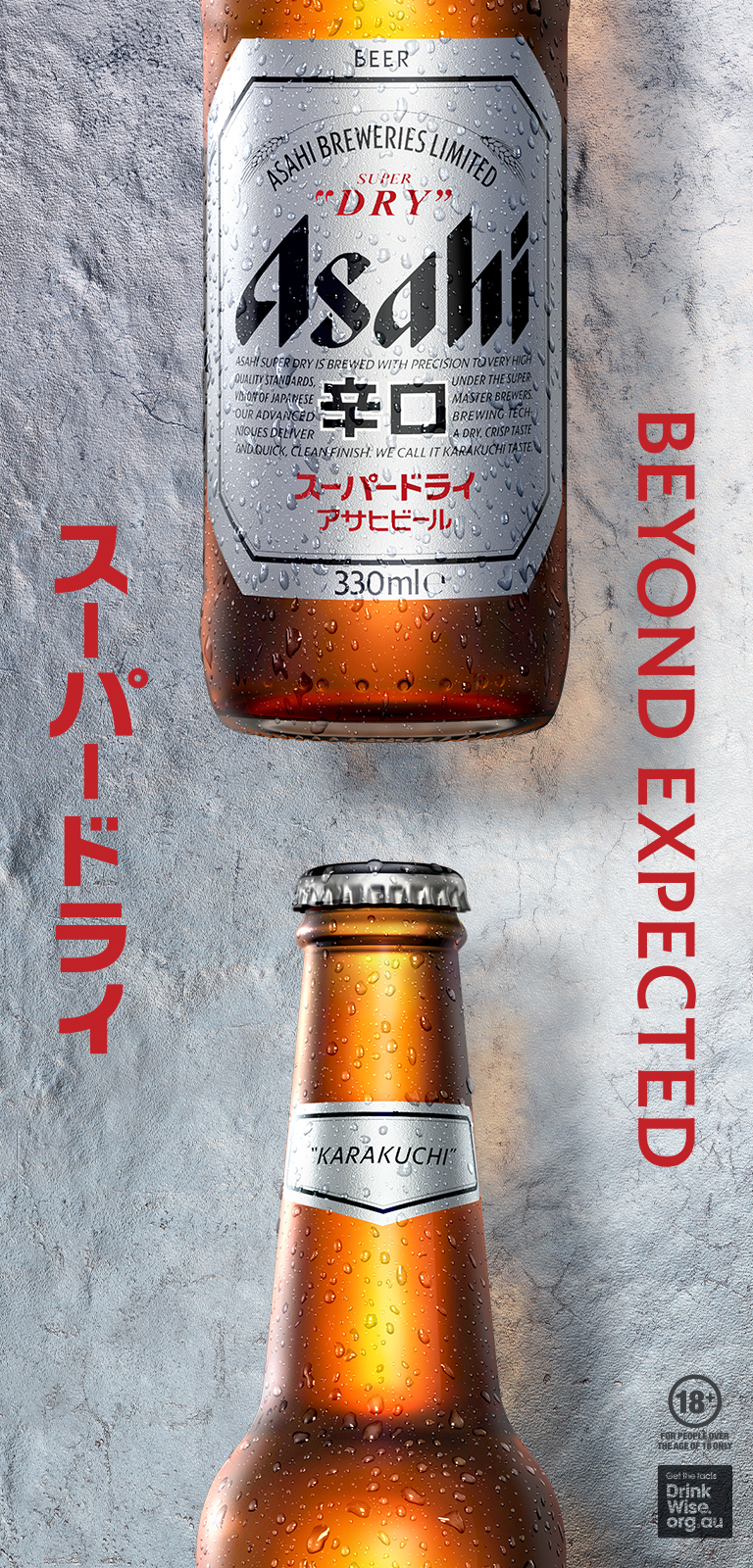From today, taxation of Australia’s beer and spirits production will once again increase in line with CPI data. Drinks Trade has already discussed the ramifications this will have on both Australian distillers and Australian brewers. However, recent research from CGA by NIQ’s On Premise Measurement also forecasts the impact further inflation and tax hikes will have on Australia’s pubs and bars.
According to CGA by NIQ, the average price paid for a 425ml glass of beer in Australia has increased by $0.67, 6.2%, over the past 12 months, whilst the price for a 30ml serve of spirits has risen by $0.93, or 8.7%. According to CGA by NIQ’s Client Solutions Director James Phillips, “high inflation [and] the ongoing increases in alcohol taxes and pressure on consumers’ spending are creating a very difficult trading environment for many pubs, bars and drinks suppliers… With more tax increases imminent sales are likely to remain under pressure for some time, and spending will be increasingly polarised between premium and value drinks.”
Stephen Ferguson, National CEO of Australia’s peak hospitality body Australian Hotels Association, attests to the current risk that the biannual spirits and beer excise could have on Australia’s on-premise trade.
“This hidden tax - which has gone up every six months for the last 35 years - will hit pub-goers in the hip pocket at a time they can least afford it,” he said.
“Pubs have no control over excise and it adds up - it is the cumulative increase every six months that is the killer.”
Mick Gibb, CEO of Night Time Industries Association, added: “Every time the tax increases, the bar owner has to pay more for the tequila in that margarita, the gin in that martini or the vodka with that soda… Sometimes venues have no choice but to pass on these costs by increasing their prices. That ends up hitting the hip pockets of everyday punters who then say, I’d love to go out more, but I just can't afford it.”
According to the latest Business Risk Index by CreditorWatch, one in 11 Australian hospitality venues will fail over the next 12 months.
“If you think about it, from a hospitality perspective, there’s only so much that you’ll pay for a beer, for a coffee, for a bowl of pasta, for a sandwich,” CEO Patrick Coghlan told Drinks Trade.
“Unfortunately in the hospitality industry, you can’t pass on the cost the consumer in the same way that a software business might be able to pass costs on to a commercial customer of theirs.”
Both Patrick Coghlan and Stephen Ferguson recognise that smaller businesses are likely to feel the impact of rising inflation and taxation.
Coghlan said, “smaller operators/single operators are definitely the ones who are struggling the most. That’s typically because they’ve got smaller margins, they’ve got little or no cash reserves to deal with the downturn, and they’re unable to obviously access capital from a lender to help get them through this period.”
Ferguson added, “this hidden tax collected on beer in a small country pub selling 15 kegs is more than $1,000 per week - that amount can make a huge difference to a small business in the bush… “The majority of our hotels are locally-owned family businesses which employee locals and sell Australian made products.”
The impact of rising prices are already evident in the decreasing consumer-spend. The latest On Premise Measurement by CGA by NIQ found that 4% of Australian consumers are going out less than usual with spirits sales dropping 7.7% by volume over the past 12 months to May. While beer and cider volumes increased by 1.4% over the same period - likely due to consumers trading down from spirits to the better value category - beer has also started to show signs of decline, dropping 3.1% in the final three months to May when compared to the same period in 2023.
“In line with global trends, the spirits category has been hardest hit, with steep tax rises and people’s desire for value leading some of them to other categories or keeping them away from the On Premise altogether,” said Phillips.
When asked when venue owners might be granted some form of respite, Patrick Coghlan said: “we probably won’t see a level out until there’s real clarity as to when that first interest rate cut comes, and then we actually see that the cut take place; so there’s two sort of horizons to get to there. We’re still running at 4% inflation, which is just putting a huge amount of pressure on businesses/on the cost and input of the business.”
Unfortunately, it is unclear exactly when the first rate cut might come into effect.
It wasn’t that long ago that we were expecting the rate cut to take place in August,” said Coghlan.
“Now, they’re talking about potentially a rate increase in August. I think the general consensus is a rate cut won’t happen until probably mid 2025.
“[Until then], I think they’ll probably continue to get a little bit worse from where we are at the moment.”
Share the content
